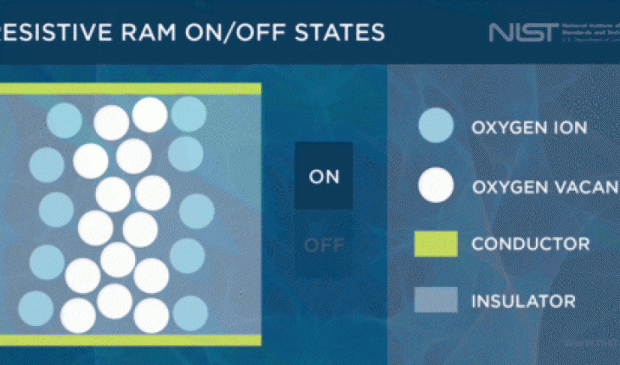
Breaking News
 Trump pardons Mets legend, 'Celebrity Apprentice' alum Darryl Strawberry over tax evasion co
Trump pardons Mets legend, 'Celebrity Apprentice' alum Darryl Strawberry over tax evasion co
 You WON'T BELIEVE How Much Money We're REALLY Sending To Israel!
You WON'T BELIEVE How Much Money We're REALLY Sending To Israel!
 China CANCELS U.S. Soybean Order?! Joel Salatin
China CANCELS U.S. Soybean Order?! Joel Salatin
 Ep 38 Jonathan Haidt: on The Anxious Generation: Childhood in Social Media Age & Fragile College ...
Ep 38 Jonathan Haidt: on The Anxious Generation: Childhood in Social Media Age & Fragile College ...
Top Tech News
 HUGE 32kWh LiFePO4 DIY Battery w/ 628Ah Cells! 90 Minute Build
HUGE 32kWh LiFePO4 DIY Battery w/ 628Ah Cells! 90 Minute Build
 What Has Bitcoin Become 17 Years After Satoshi Nakamoto Published The Whitepaper?
What Has Bitcoin Become 17 Years After Satoshi Nakamoto Published The Whitepaper?
 Japan just injected artificial blood into a human. No blood type needed. No refrigeration.
Japan just injected artificial blood into a human. No blood type needed. No refrigeration.
 The 6 Best LLM Tools To Run Models Locally
The 6 Best LLM Tools To Run Models Locally
 Testing My First Sodium-Ion Solar Battery
Testing My First Sodium-Ion Solar Battery
 A man once paralyzed from the waist down now stands on his own, not with machines or wires,...
A man once paralyzed from the waist down now stands on his own, not with machines or wires,...
 Review: Thumb-sized thermal camera turns your phone into a smart tool
Review: Thumb-sized thermal camera turns your phone into a smart tool
 Army To Bring Nuclear Microreactors To Its Bases By 2028
Army To Bring Nuclear Microreactors To Its Bases By 2028
 Nissan Says It's On Track For Solid-State Batteries That Double EV Range By 2028
Nissan Says It's On Track For Solid-State Batteries That Double EV Range By 2028
Closer to Flash Memory Successor

Nonvolatile memory is already familiar as the basis for flash memory in thumb drives, but flash technology has essentially reached its size and performance limits. For several years, the industry has been hunting for a replacement.
RRAM could surpass flash in many key respects: It is potentially faster and less energy-intensive. It also could pack far more memory into a given space—its switches are so small that a terabyte could be packed into a space the size of a postage stamp. But RRAM has yet to be broadly commercialized because of technical hurdles that need addressing.
RRAM switches are flipped on and off by an electrical pulse that moves oxygen ions around, creating or breaking a conductive path through an insulating oxide. NIST research shows that shorter, less energetic pulses are more effective at moving the ions the right amount to create distinct on/off states, potentially minimizing the longstanding problem of state overlap that has kept RRAM largely in the R&D stage. Credit: Hanacek and Nminibapiel/NIST
One hurdle is its variability. A practical memory switch needs two distinct states, representing either a one or a zero, and component designers need a predictable way to make the switch flip. Conventional memory switches flip reliably when they receive a pulse of electricity, but we're not there yet with RRAM switches, which are still flighty.

 Carbon based computers that run on iron
Carbon based computers that run on iron

